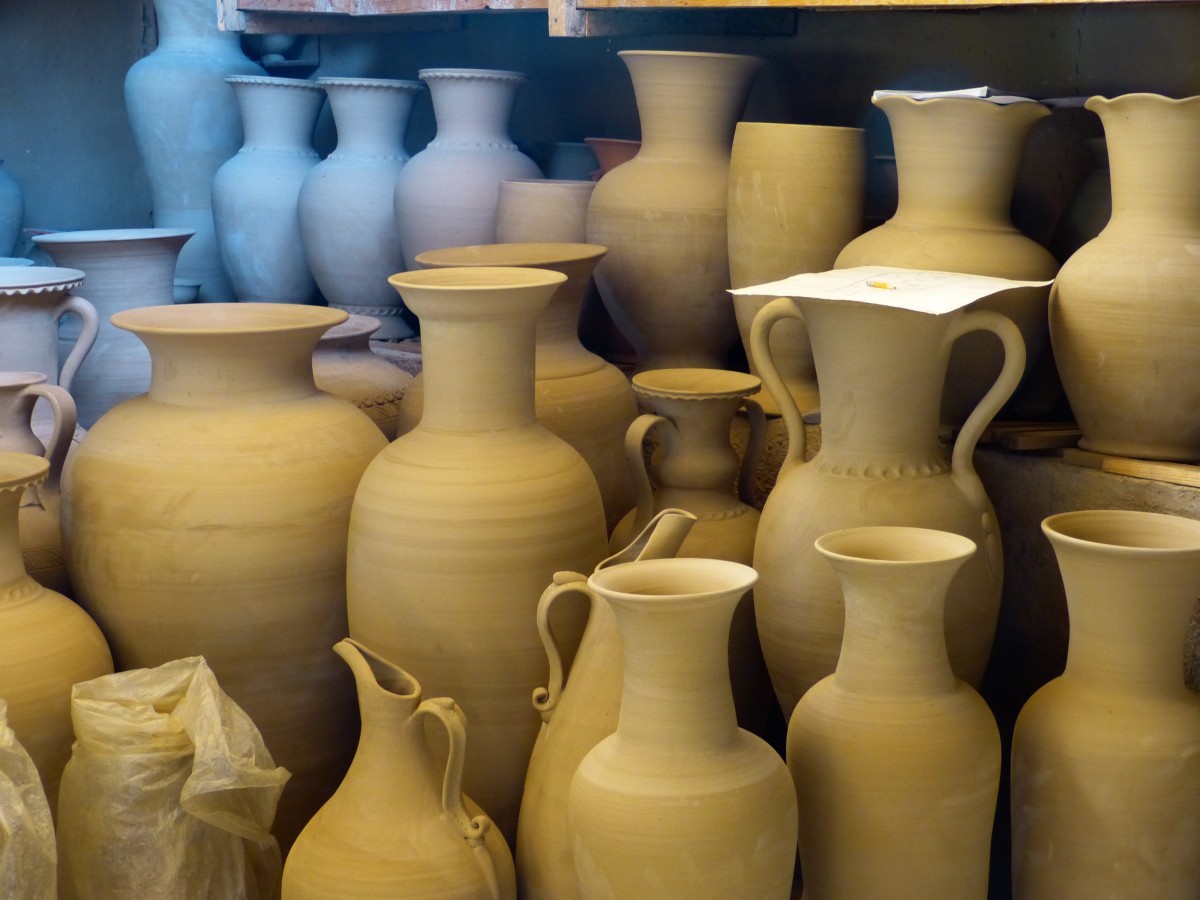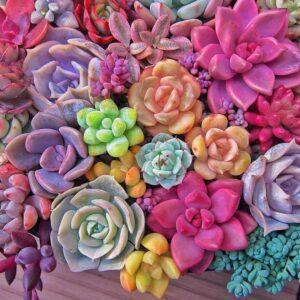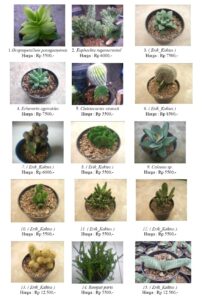The allure of clay pottery transcends mere aesthetics; it embodies a blend of craftsmanship and nature that resonates with artisans and collectors alike. However, one paramount concern for both novice potters and seasoned collectors is the longevity of these exquisite pieces. This brings us to an essential topic: the use of sealants for clay pottery. Understanding the necessity and application of sealants not only safeguards your creations but also enhances their beauty and utility.
By employing a suitable sealant, pottery enthusiasts can effectively shield their artworks from environmental wear, moisture absorption, and potential staining. This article delves into the intricate world of clay pot sealants, elucidating why they are necessary and how to select the right one for your unique needs.
Understanding the Importance of Sealants
Sealants serve as a protective barrier, guarding clay pottery against detrimental elements. Both functional and decorative pottery can benefit from a layer of protection. Without sealants, clay pots are susceptible to various threats, including:
– Moisture Damage:*Clay is porous, a property that makes it absorb water easily. Over time, the retained moisture can lead to cracks or irreversible damage.
– Staining: Certain substances, such as water, wine, or even dirt, can embed within the porous surface, dulling the appearance of your pottery.
– Environmental Hazards: Changes in temperature and humidity can compromise the structural integrity of unsealed clay pots.
In addressing these concerns, it becomes evident that a high-quality sealant is essential for not only prolonging the life of clay pottery but also preserving its beauty.
Types of Sealants for Clay Pottery
When considering the best sealant for clay pots, it is crucial to differentiate among the various types available on the market:
– Acrylic Sealants: Acrylic sealants are water-based and relatively easy to apply. They dry clear and are ideal for decorative pottery that will not be exposed to water. However, they lack durability in high moisture areas.
– Oil-Based Sealants: Known for their exceptional waterproofing qualities, oil-based sealants penetrate deeply into clay, providing superior protection against moisture. They tend to impart a slightly glossy finish and are best suited for garden pots and outdoor use.
– Wax Sealants: This type of sealant forms a natural barrier and offers a low-sheen finish, enhancing the visual appeal of ceramic work. Still, their efficacy may diminish with repeated exposure to moisture, necessitating reapplication.
– Shellac Sealants: Extracted from the resin of the lac bug, shellac provides a robust barrier and can withstand a moderate amount of moisture. It offers a rich luster and is particularly favored for decorative pieces.
The choice of sealant will largely depend on the intended use and environment in which the pottery will reside. Therefore, it is pivotal to evaluate the specific attributes needed for different contexts.
How to Apply Sealant Effectively
Applying sealant to clay pottery demands careful consideration and skill. Here’s a methodical approach for ensuring the best results:
– Preparation of Pottery: Ensure the pottery is clean and dry before application. Any dust or residue could impede adhesion and lead to uneven coverage.
– Testing a Small Area: Before committing to an entire piece, test the sealant on a small, inconspicuous area. This allows for the assessment of compatibility and finish.
– Application Technique: Use a soft brush or sprayer for applying the sealant evenly. Multiple thin layers are preferable to one thick layer, as this promotes better absorption and coverage.
– Drying Time: Follow the manufacturer’s instructions regarding drying time. Adequate drying is fundamental to forming an effective protective barrier.
– Reapplication Schedule: Keep in mind that sealants may require periodic reapplication, especially for oil-based varieties exposed to the elements. Regularly checking your pottery can help maintain its integrity and appearance.
Key Buyer Considerations for Clay Pot Sealants
Understanding the features and benefits of sealants is pivotal when making a purchase. Here are some critical considerations for potential buyers:
– Intended Use: Will the pottery be for indoor decorative purposes, or will it be exposed to outdoor elements? This affects the choice of sealant used.
– Finish Preference: Different sealants yield varying finishes—from matte to glossy. Choosing the right finish can enhance the aesthetic appeal of the pottery.
– Safety and Non-Toxicity: For pottery meant to hold food or beverages, opt for non-toxic sealants to ensure safety in usage.
– Ease of Application: Some sealants are simpler to use than others. For those less experienced with pottery maintenance, a user-friendly product may be advantageous.
In conclusion, applying a sealant to clay pottery is not merely a protective measure but an investment in the longevity and beauty of your pieces. With a variety of sealants tailored for different needs, potters can make informed decisions that enhance both functionality and aesthetic value. Taking the time to choose the right sealant and correctly applying it can ensure that your cherished pottery can withstand the test of time and environmental challenges.




Leave a Comment